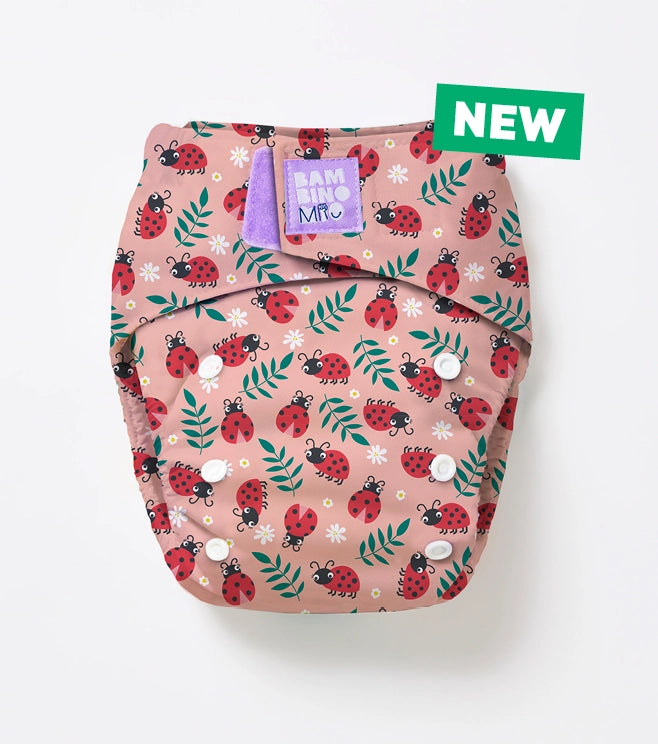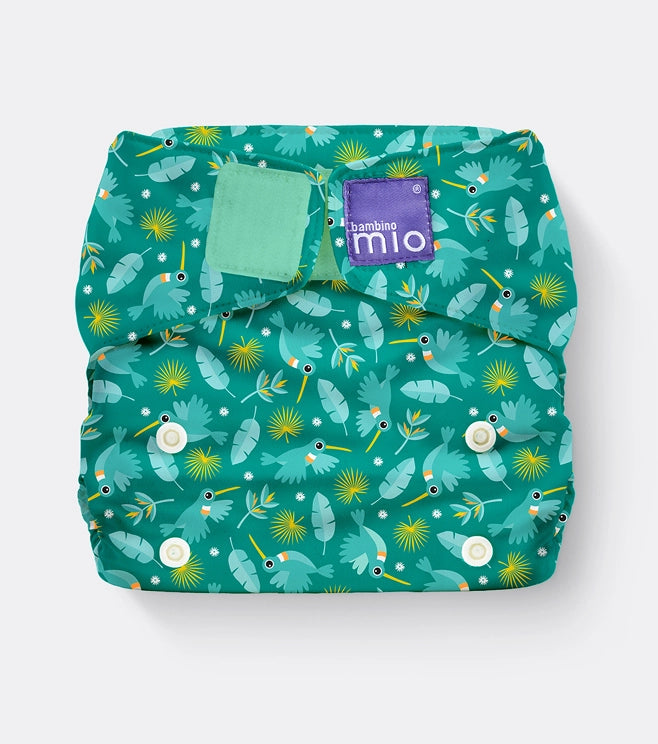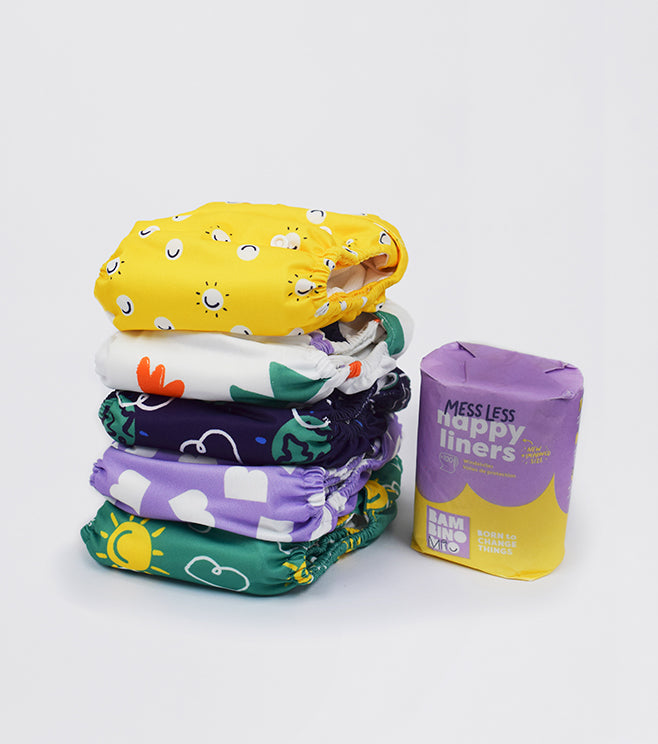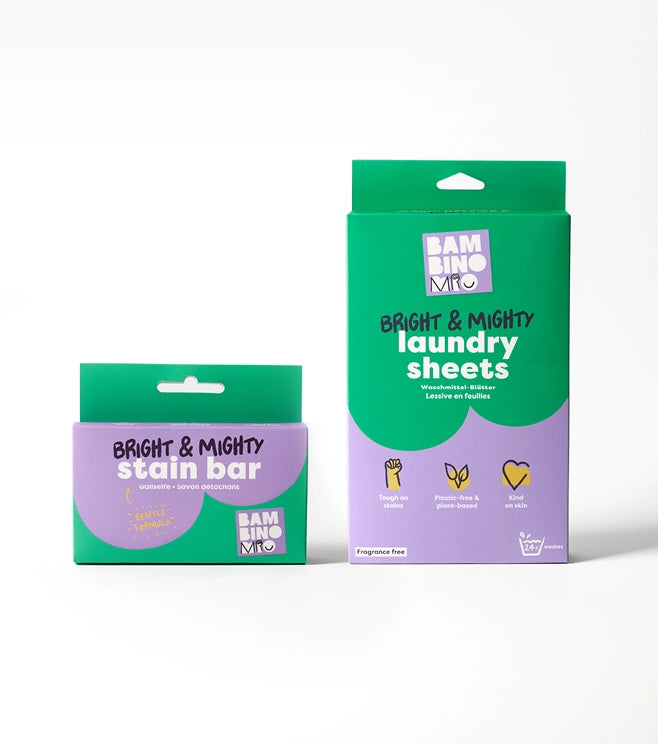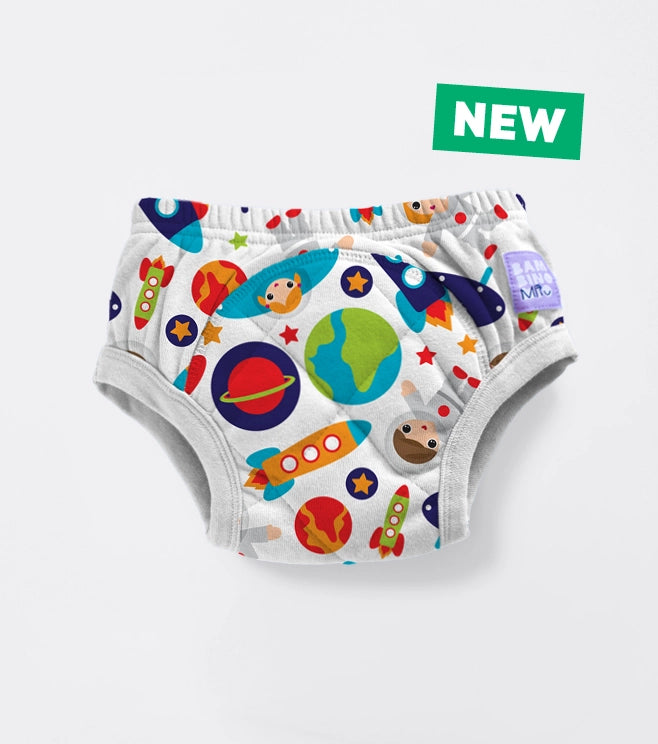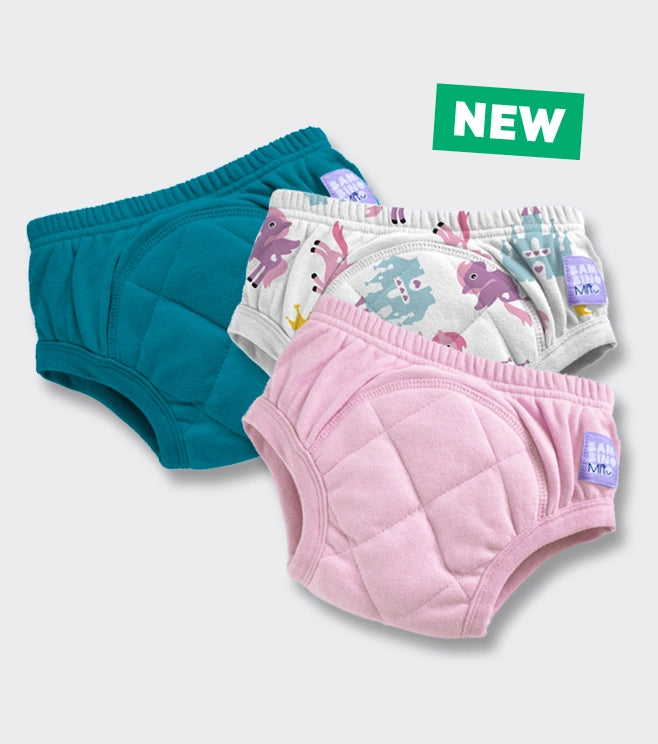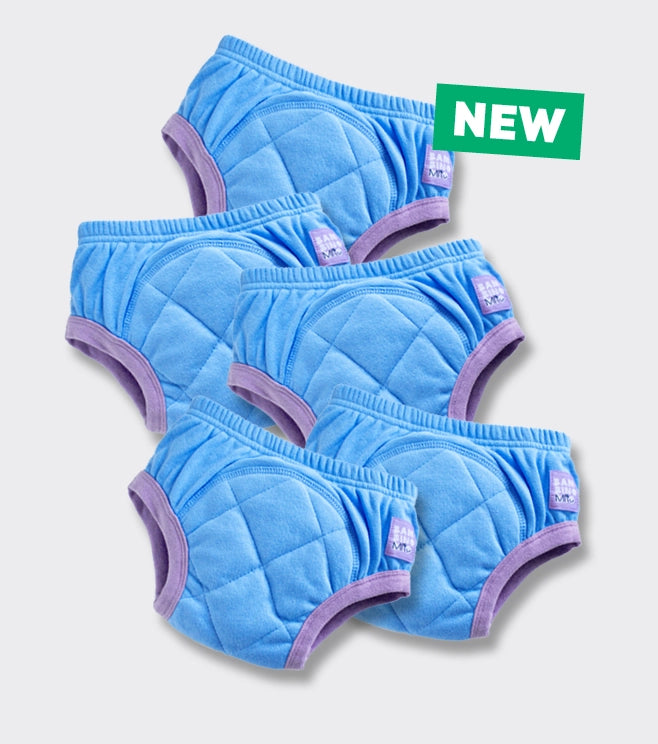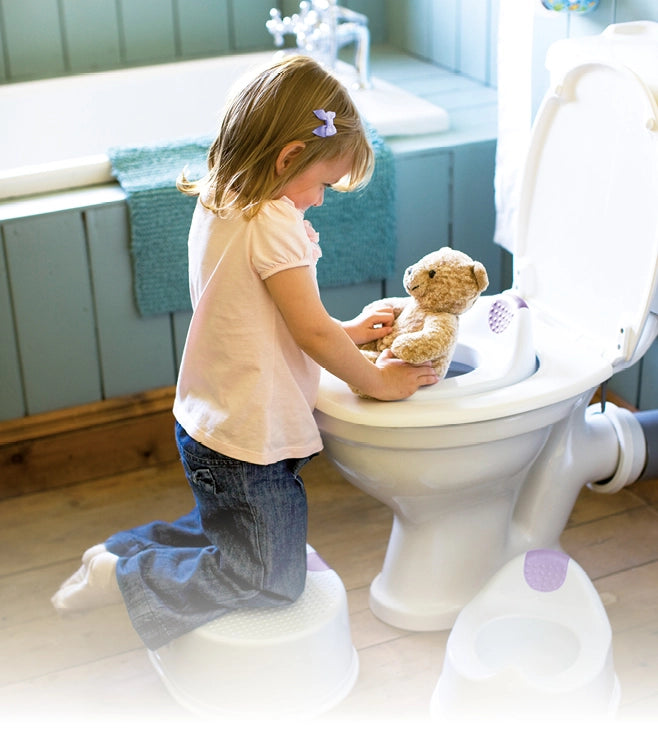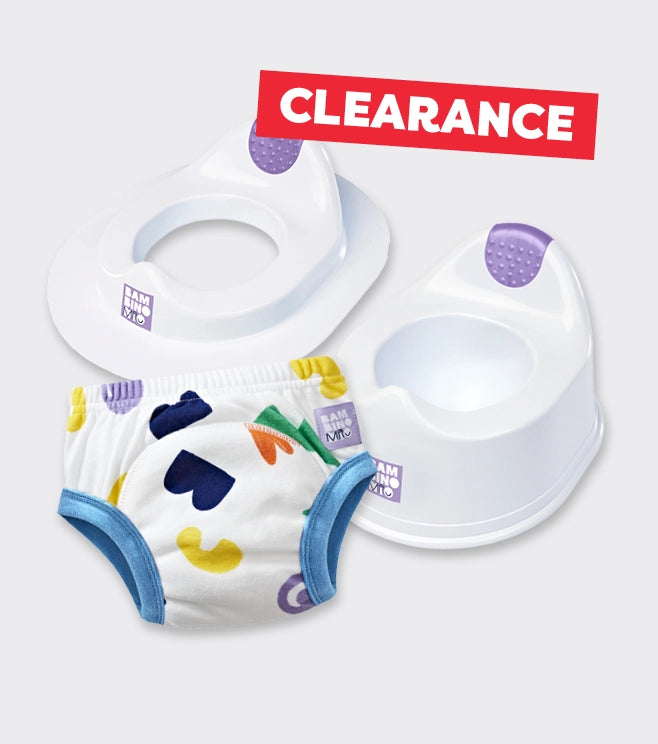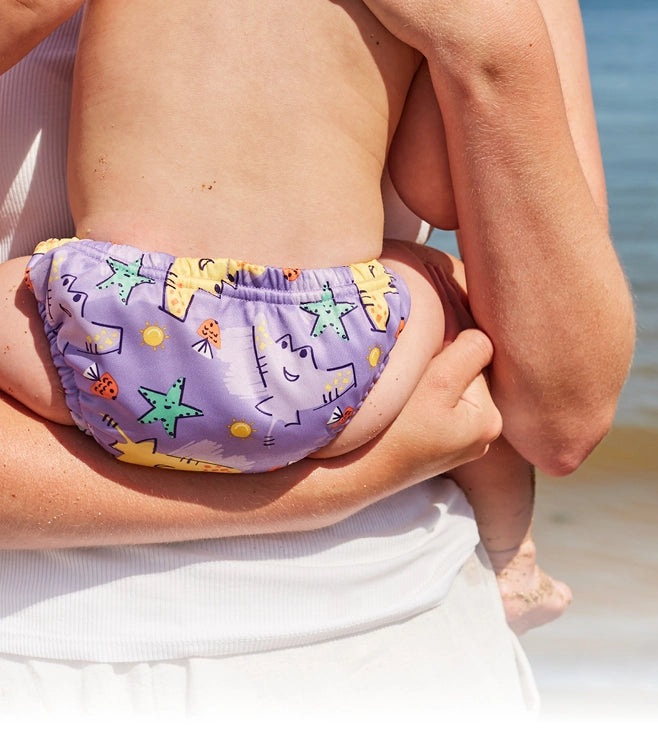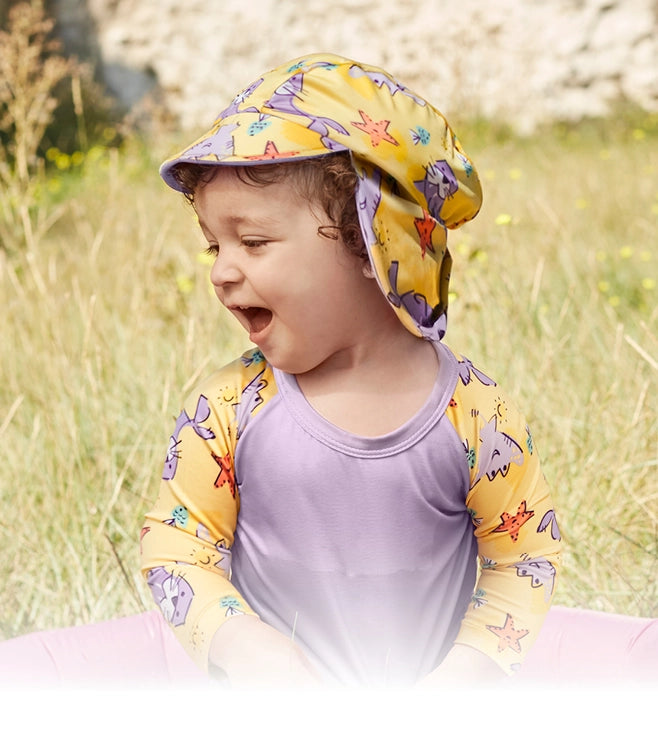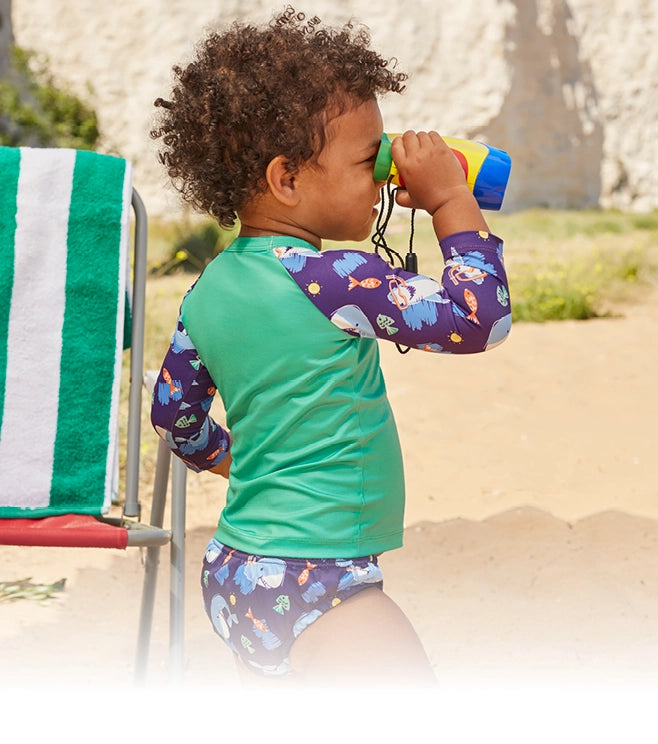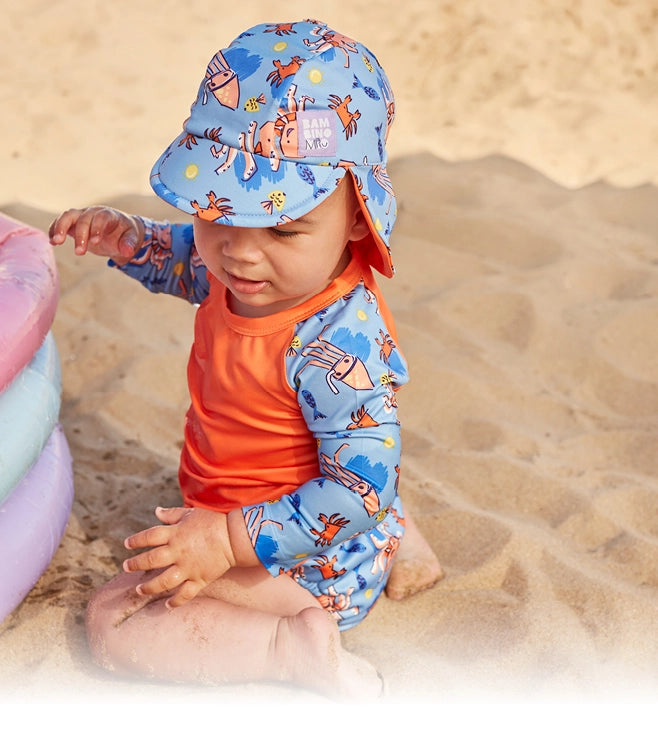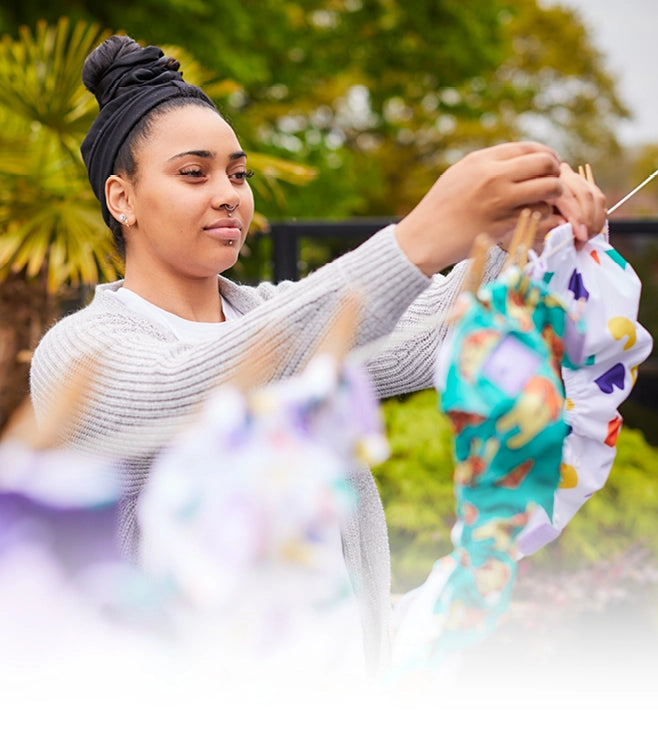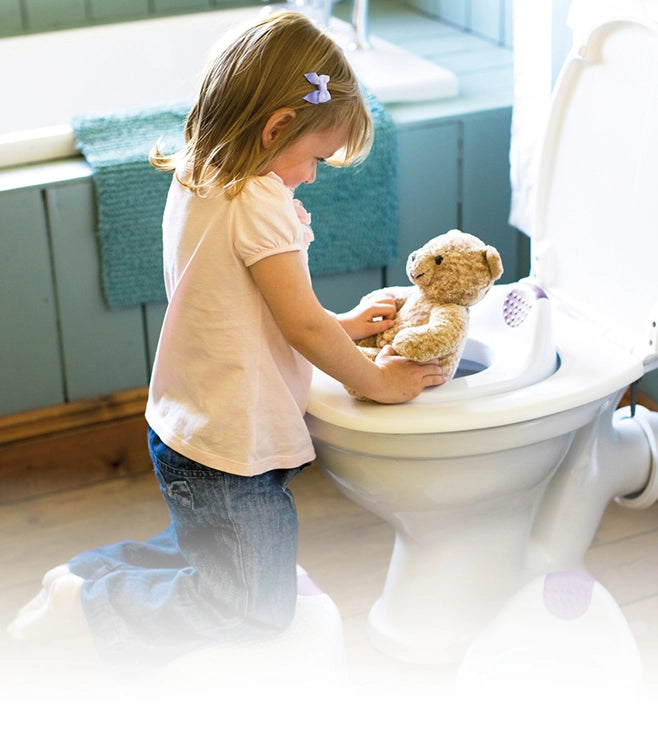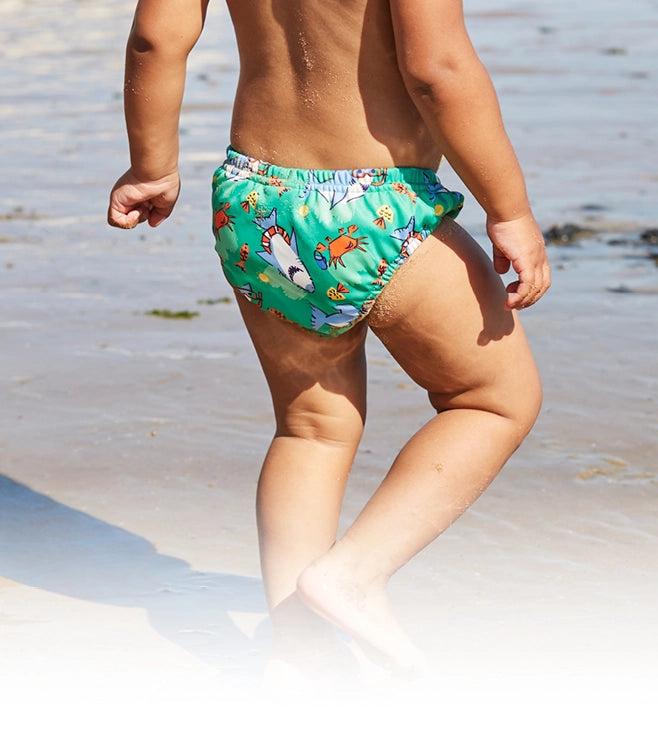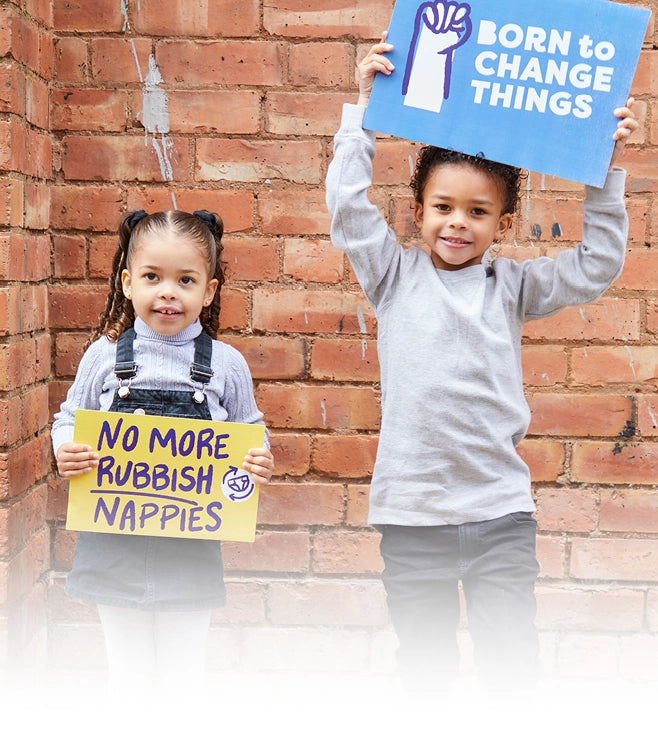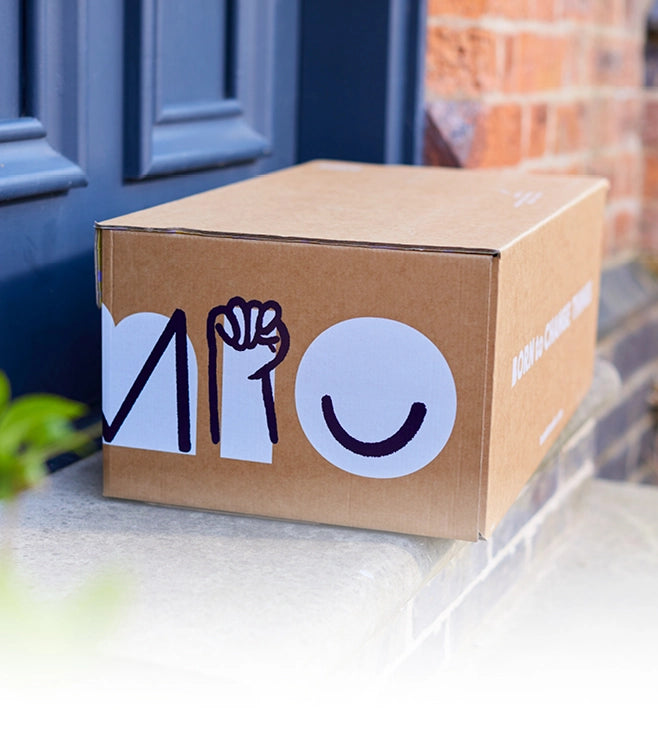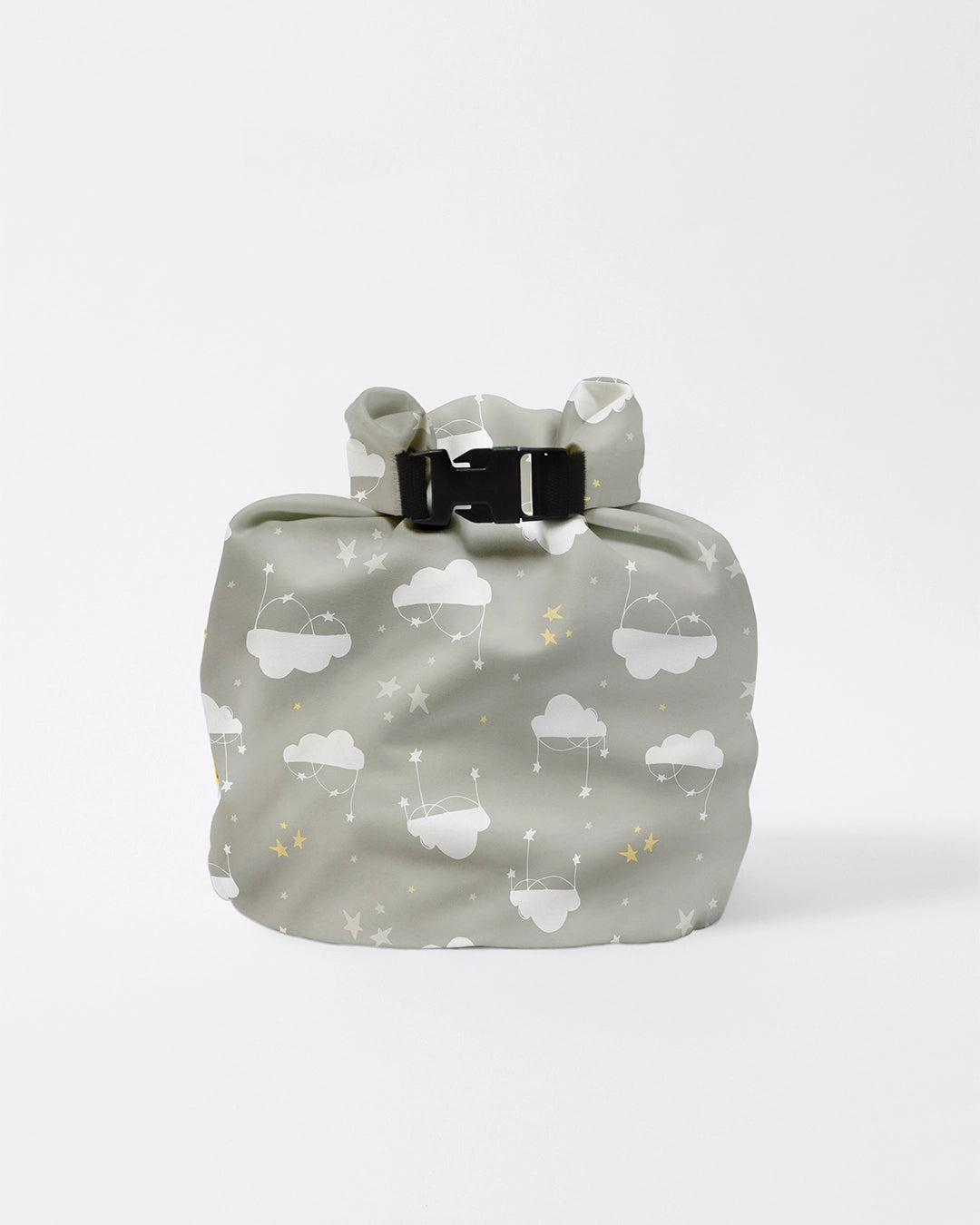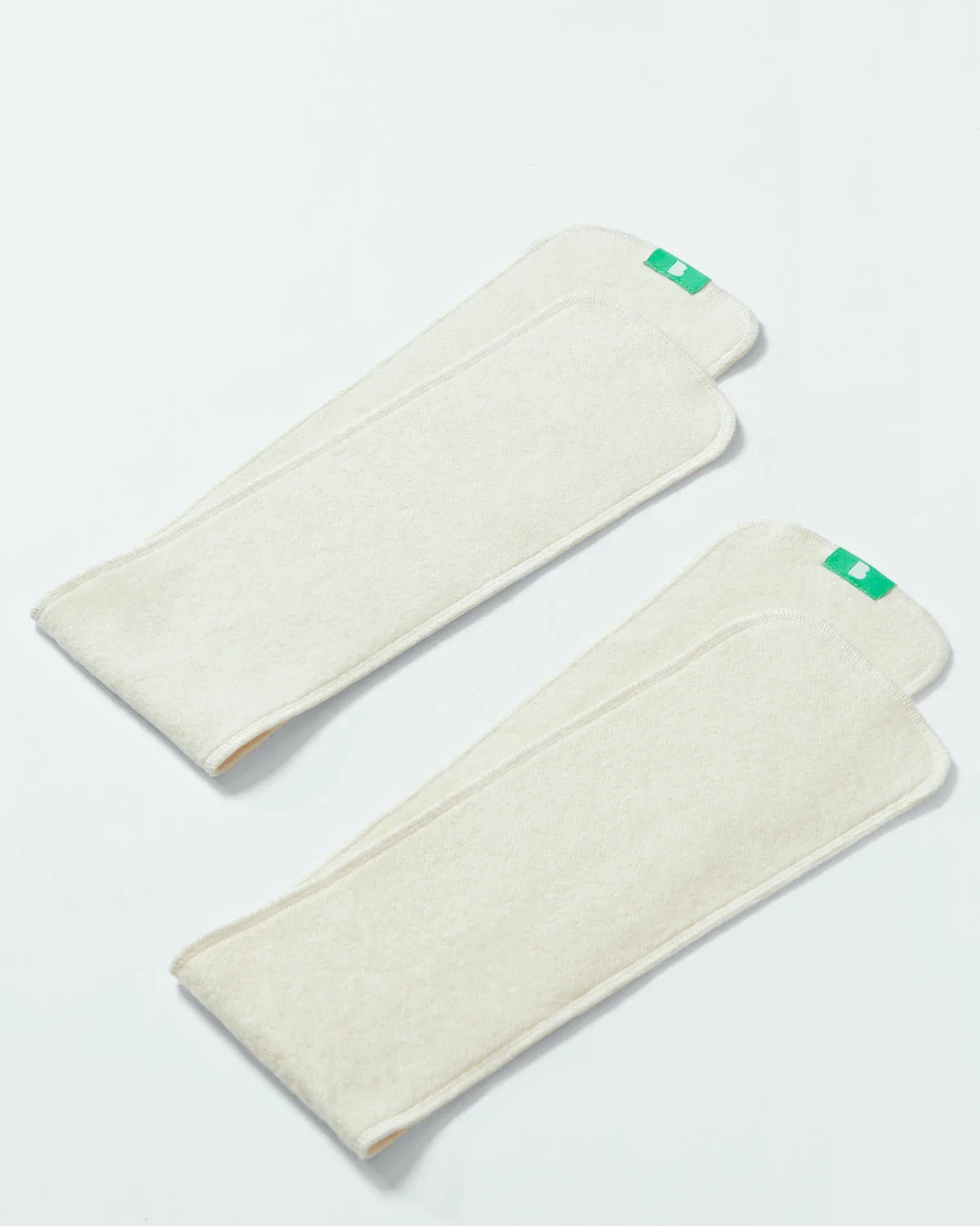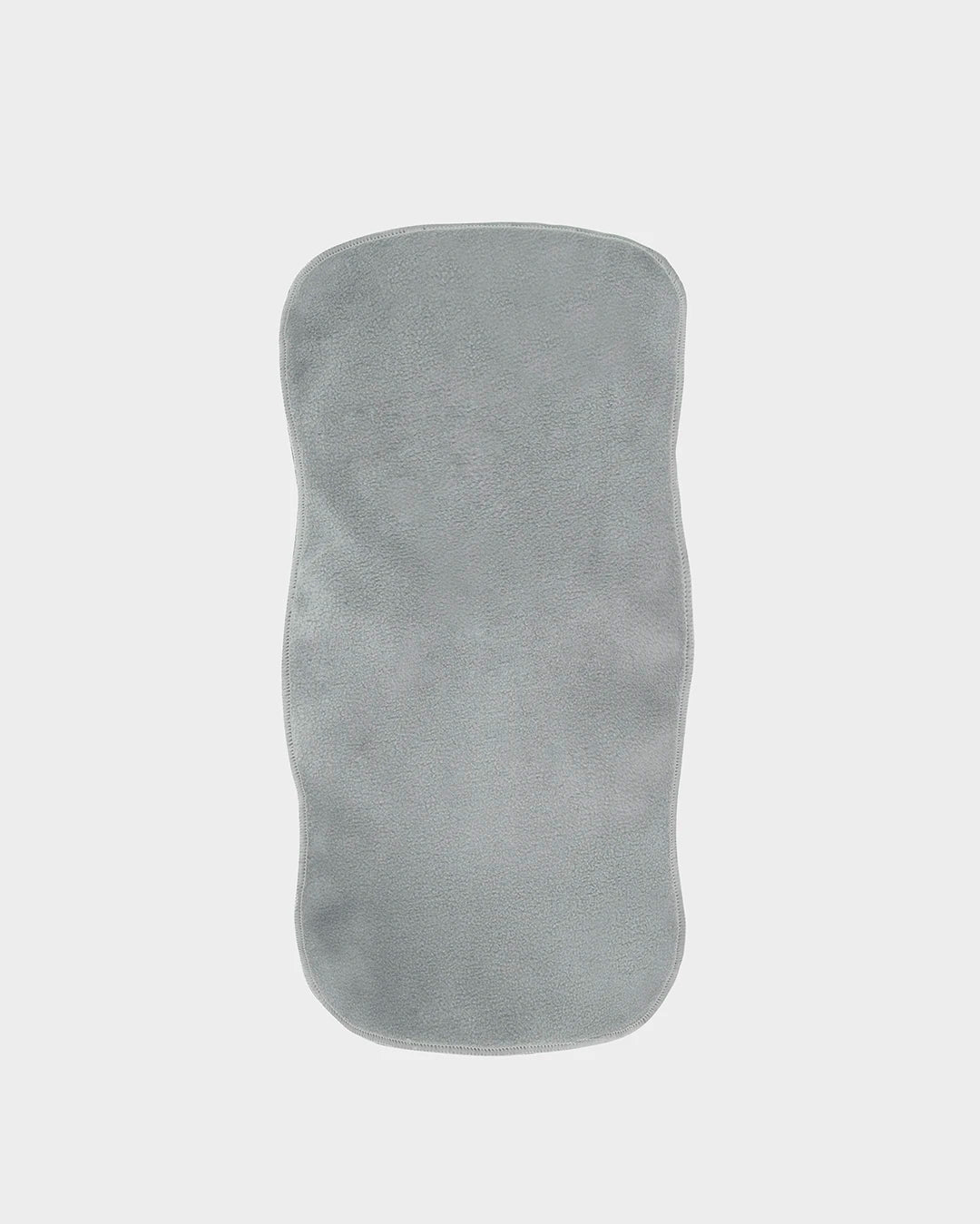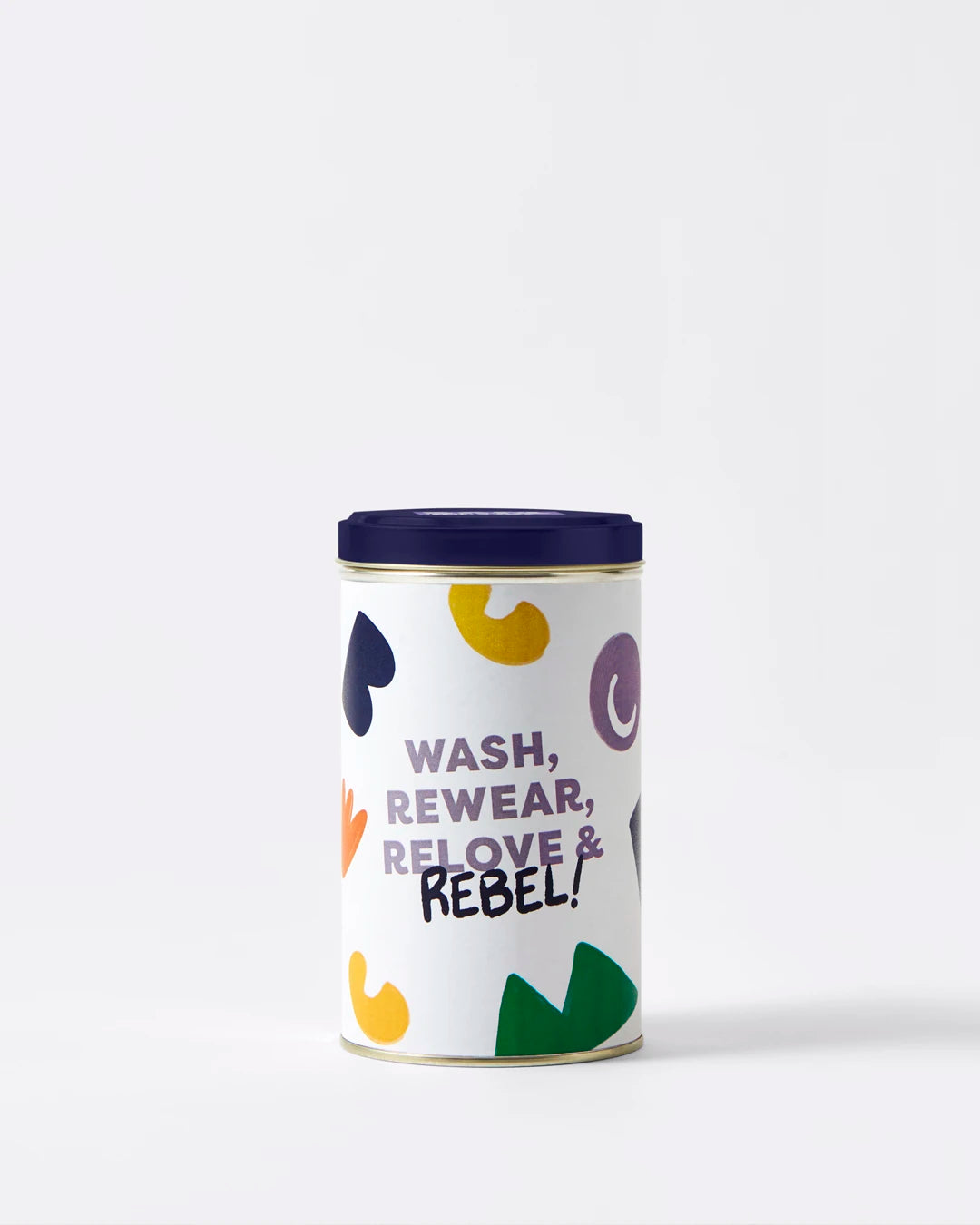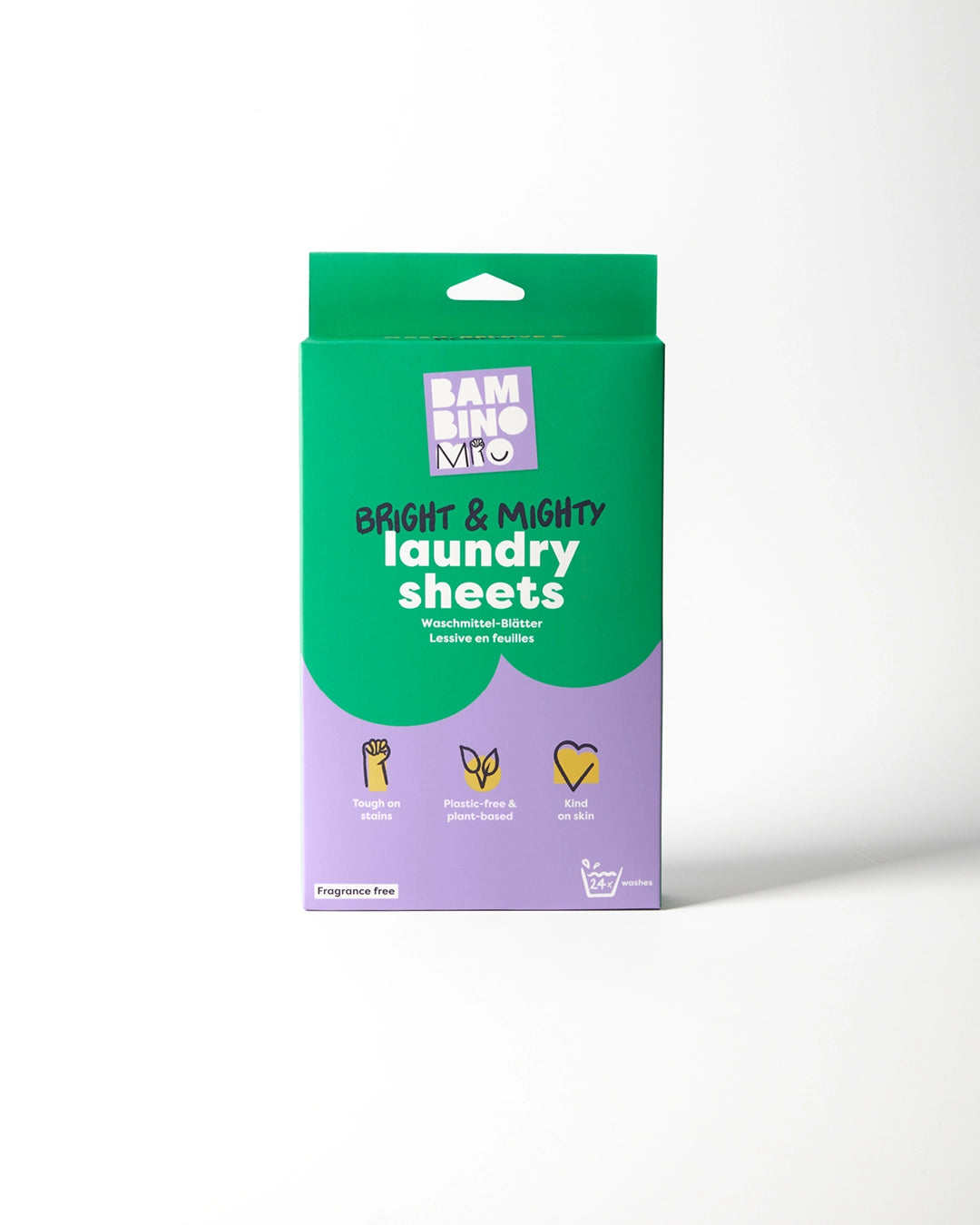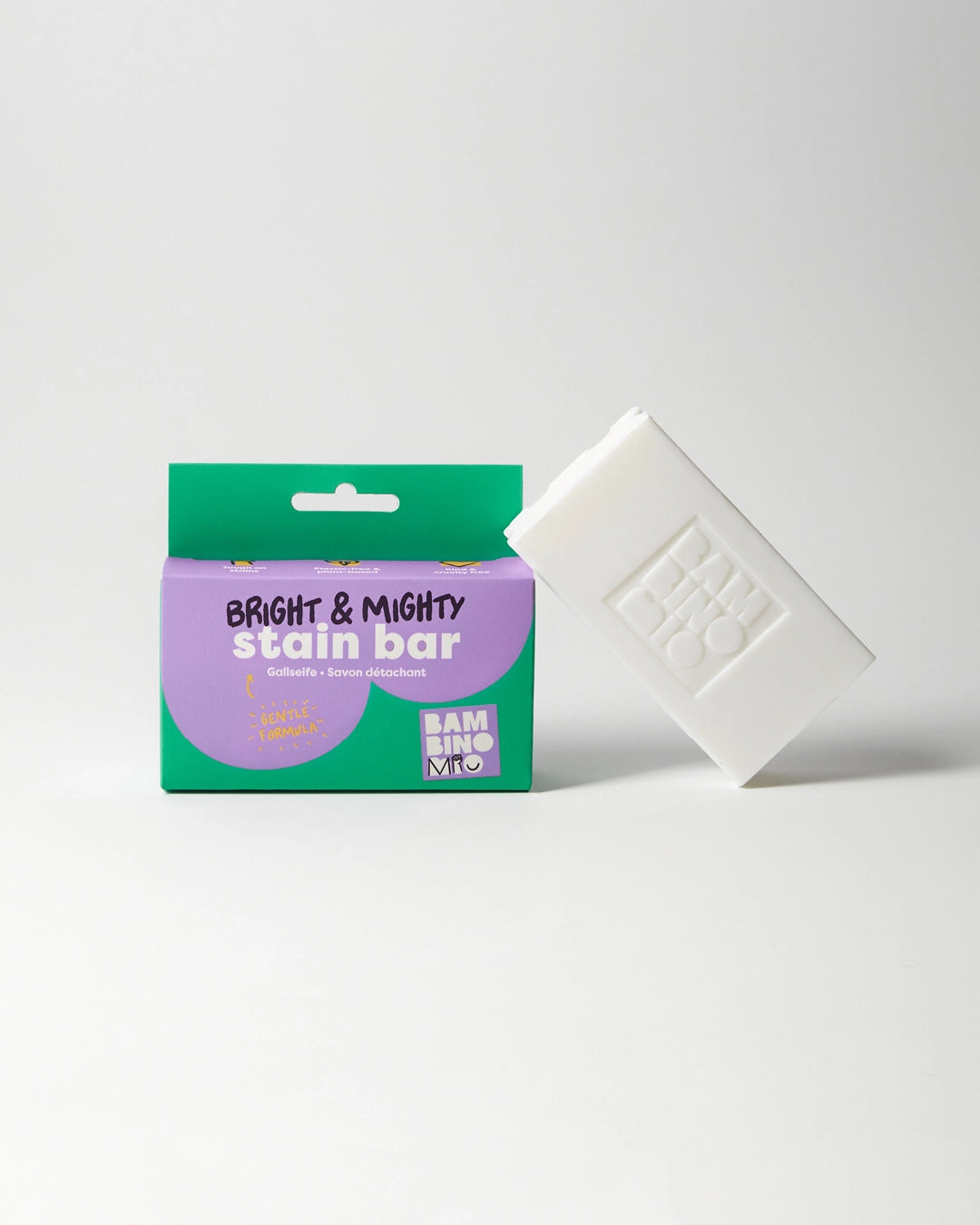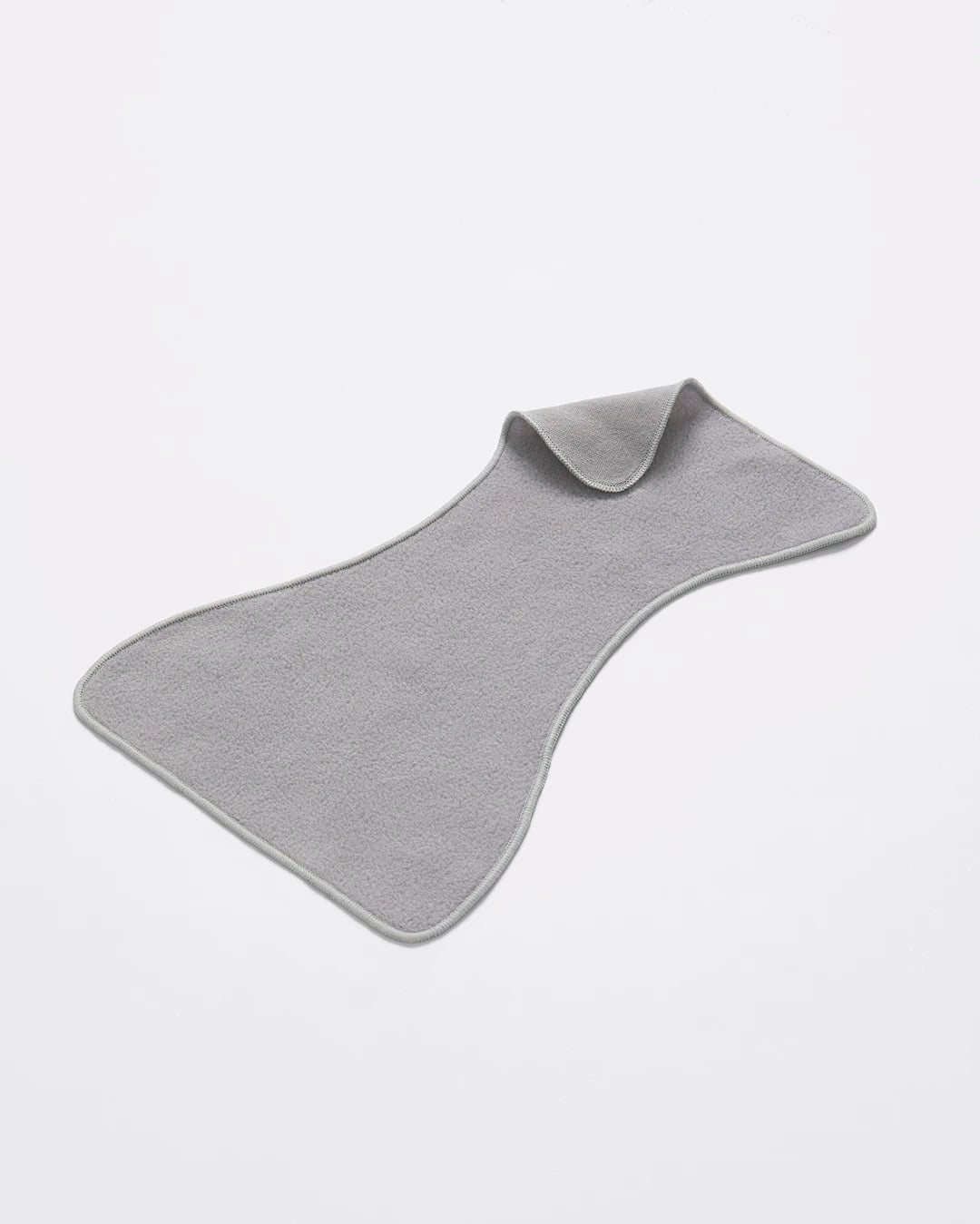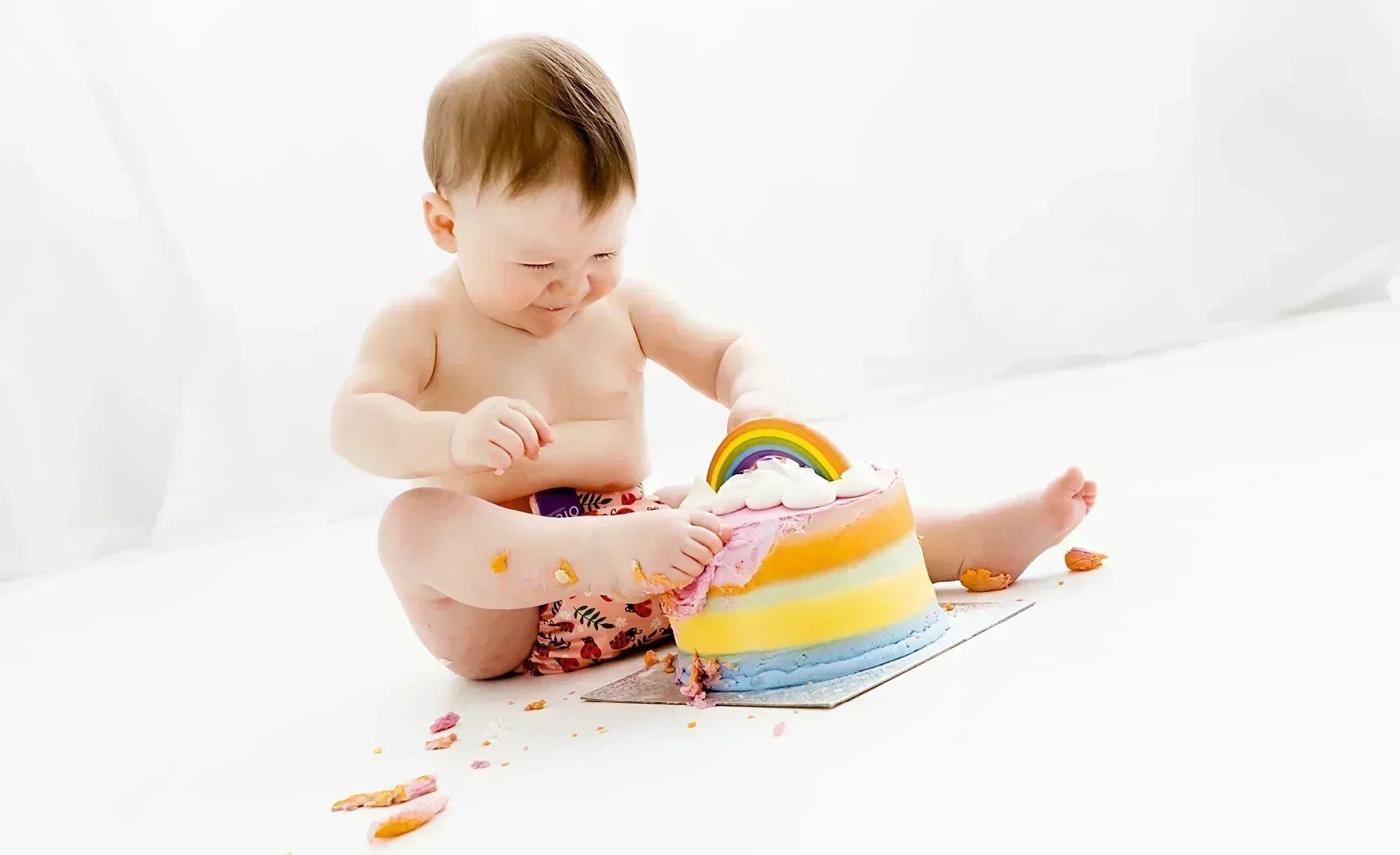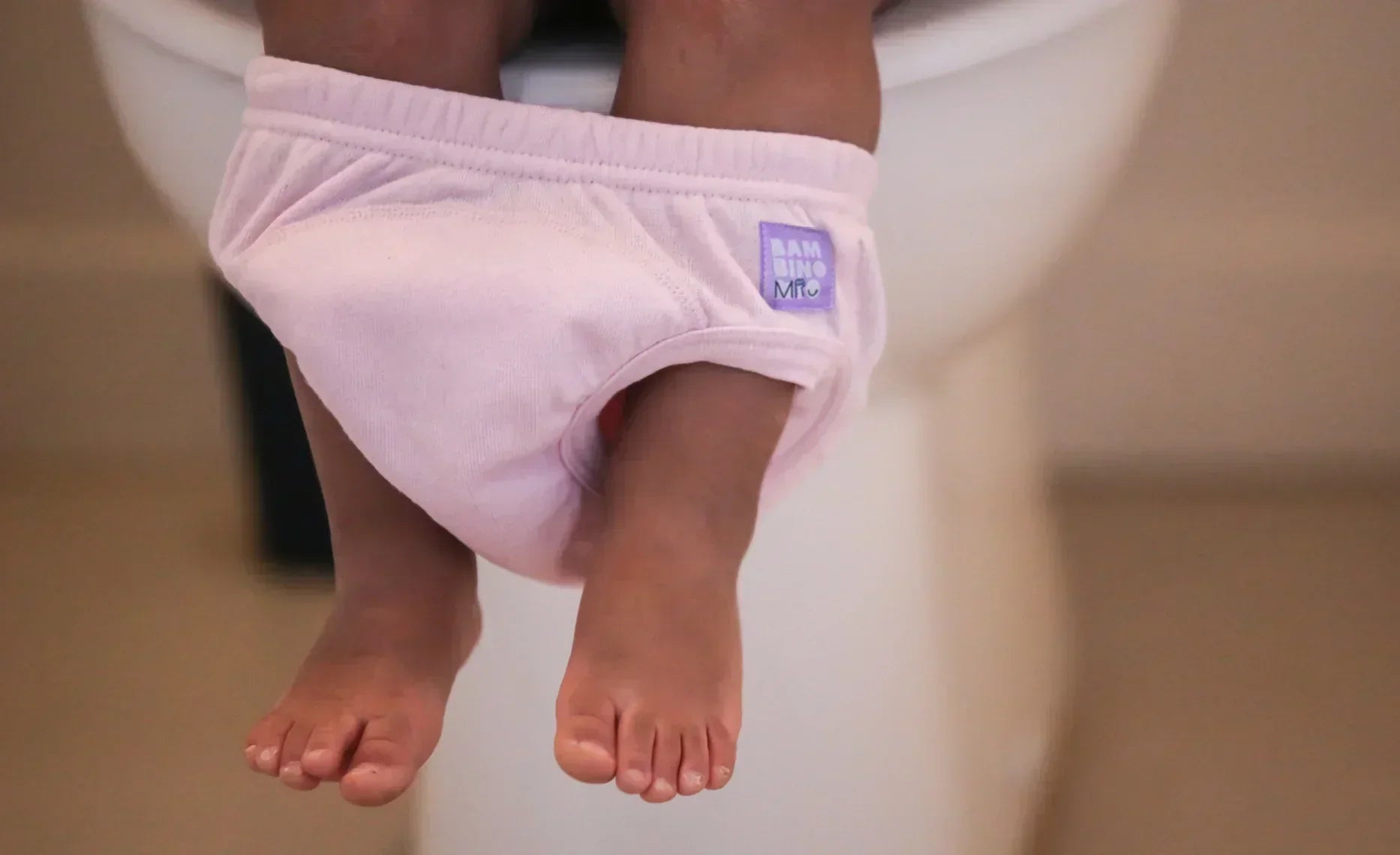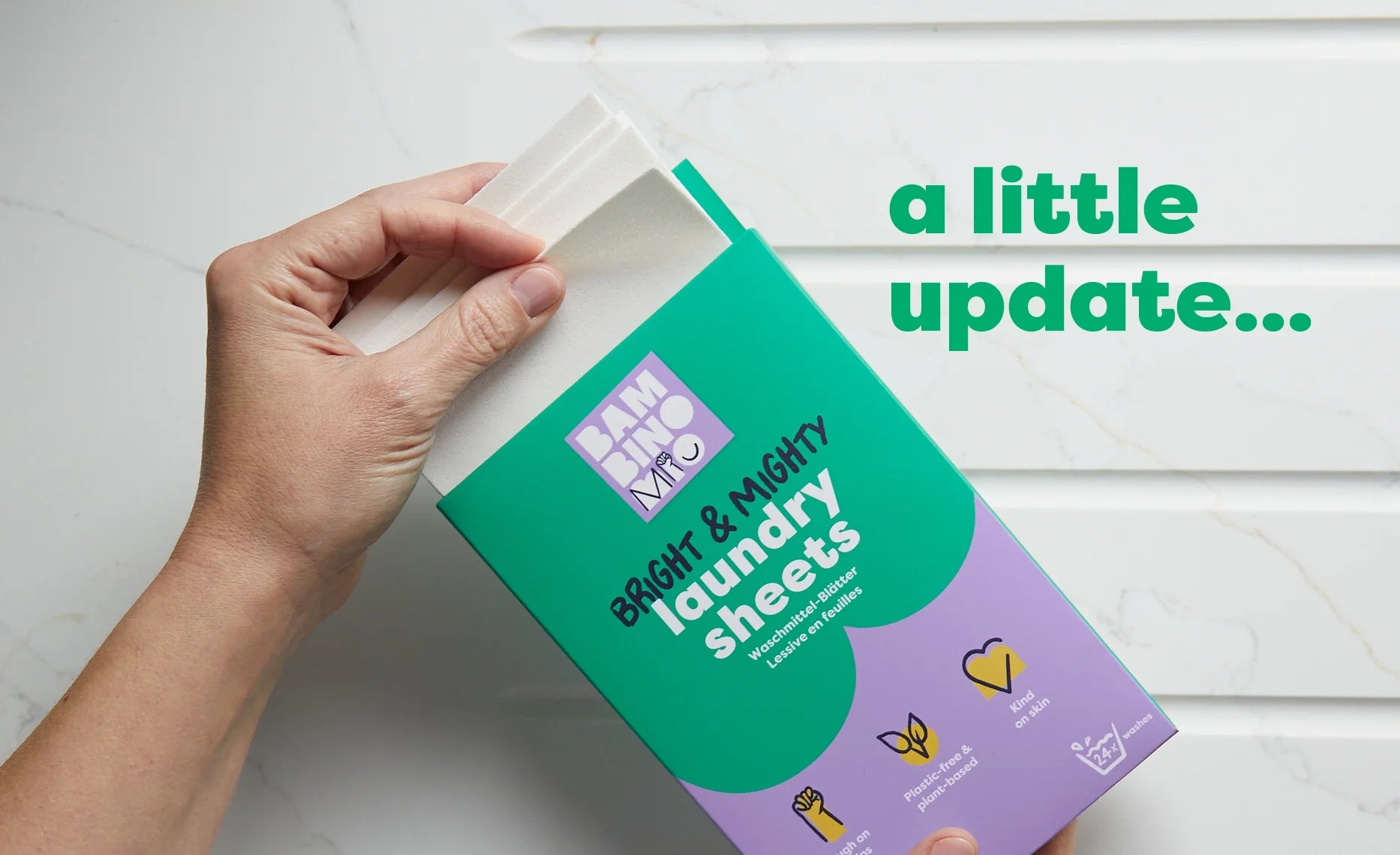Signs Your Child is Ready for Potty Training
Share Options
- Bambino Mio
- 24 / 10 / 2023
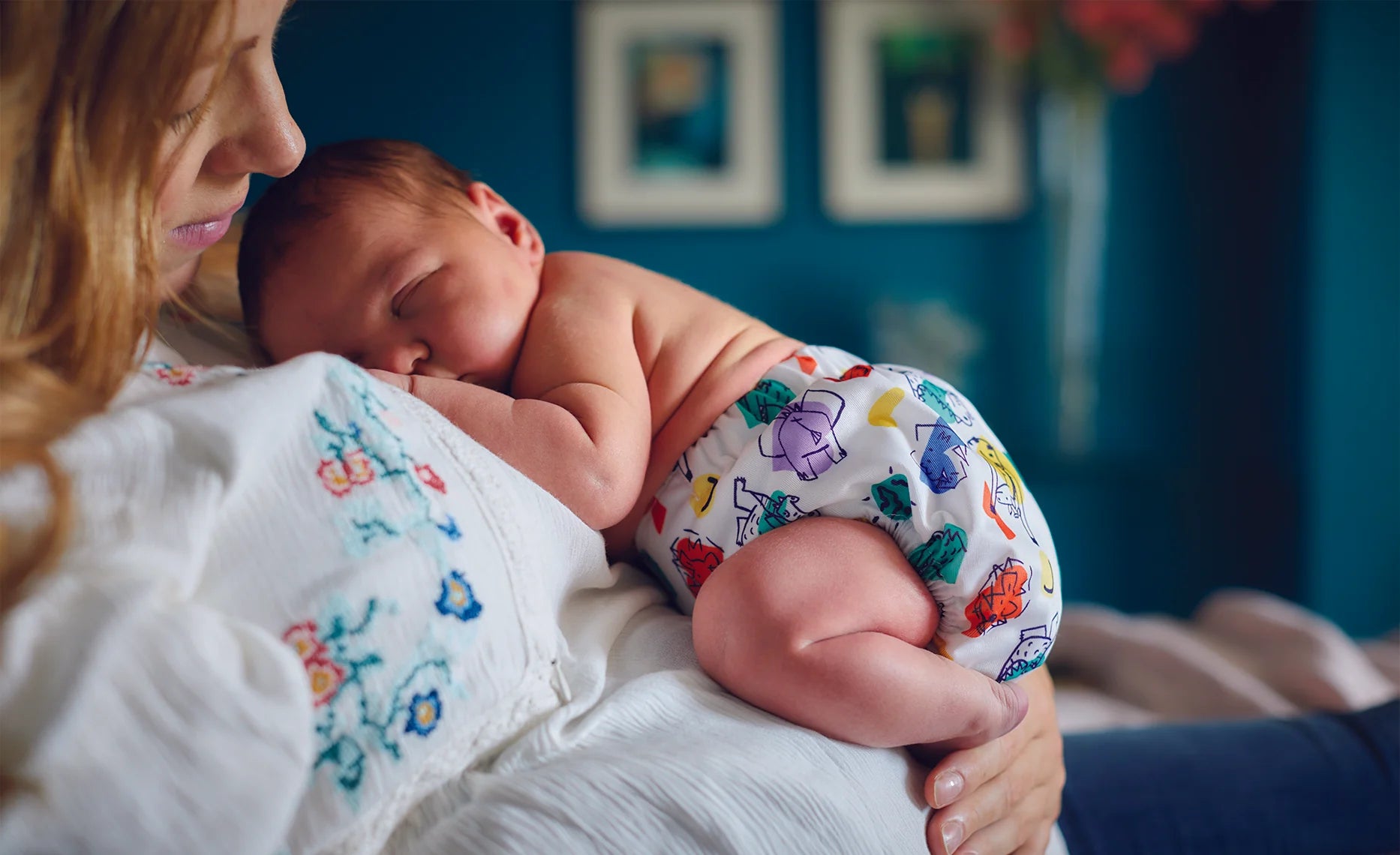
Inside this Article:
- Starting potty training too soon can backfire
- How do you know if your child is ready to start potty training?
- Here are some signs that your child is ready for toilet training
- Your child shows an interest in potties and toilets
- Your child is staying dry for two or three hours
- Your child knows when they’re weeing or pooing
- Your child is gaining and showing independence
- Your child can get undressed by themselves
- Your child can follow directions and sequences
- Your child can sit still for more than a couple of minutes
- Your child can communicate effectively
- Your child can walk and run well
- More about hiding to poo or wee
- Citations and References
After a couple of years of your child in nappies, even your beloved reusable bundle, you’ll start to wonder when it’s time to potty train them.
Potty training is a big step towards independence and while it offers that independence, as well as gives you back a few more minutes each day, it’s not something you can rush. Potty training is a learning process and it can only be done successfully if your child is ready - physically and emotionally - to undertake it.
Starting potty training too soon can backfire
You might be keen to start the toilet training journey with your toddler, but if your toddler isn’t ready to start with you, then you can both become upset. Instead of being the Next Big Step, the potty and toilet become sources of frustration and negative emotions.
How do you know if your child is ready to start potty training?
There are a few indications that your toddler is ready to leave nappies behind and start toilet training, some more subtle than others. It pays to watch out for them and to start talking about potties and toilets before embarking on this next stage.
Your child will also work to their own schedule, with some toddlers being ready for the potty at 18 months and some not showing any interest until they’re almost three years old.
Here are some signs that your child is ready for toilet training
Your child shows an interest in potties and toilets
There’s little point trying to get a toddler to learn anything if they’re not interested, so once they start asking about the toilet or having a potty, this is a good starting point.
Your child might:
- Be concerned with staying dry and clean as they notice a wet or dirty nappy is uncomfortable
- Ask you about what you do in the bathroom or suddenly realise you need company (even if you don’t!)
- Start asking about “big girl” or ‘big boy” underwear
You can encourage this new interest by talking about using a potty and how it’ll help them to become a bigger girl or boy. Watching age-appropriate videos about using a potty or toilet is also a good idea, as is reading books.
Your child is staying dry for two or three hours
If your child is staying dry for longer periods during the day or is dry when they wake up, then this is a sign that their bladder size and control is increasing and improving - a surefire sign of potty readiness.
To potty train successfully, your toddler needs a bigger bladder to store more urine (1) and stronger pelvic floor muscles to hold it in. These things take their own time - you can’t rush it.
Your child knows when they’re weeing or pooing
Once your child is aware that they’re emptying their bladder or bowels, they’re halfway to anticipating and controlling their toileting.
You should look for your child’s awareness that they’re “going”, rather than your awareness that they are. You might notice:
- Your child heading into another room to wee or poo
- Your child hiding behind furniture or curtains
- Them pointing to or touching their nappy as they wee or poo
Your child is gaining and showing independence
If your toddler has entered the “I can do it!” phase, then they’re probably ready for toilet training (but not for lighting the fire, driving the car or making pancakes…).
Independence is also about trying new things as well as taking over activities you usually do. New things can be daunting for toddlers, so an interest in new steps like potties and toilets is a reliable sign of readiness.
They might also want to emulate an older sibling or friend who is already toilet trained, for example.
Your child can get undressed by themselves
Being able to pull down their trousers (and back up again) is important for toilet training as your child needs to do that - sometimes in a hurry!
Once you’ve spotted a couple of other potty-ready signs, you should start dressing your child in elasticated trousers or leggings that are easy for your toddler to handle independently.
Your child can follow directions and sequences
As an adult, going to the bathroom is second nature. You feel the urge, work out whether it’s urgent or not, head to the bathroom, pull down trousers and underwear, sit (or stand), “go”, wipe, rearrange clothing, flush, wash hands.
For adults it’s a seamless process, but it’s actually quite a few steps when you break it down. It’s definitely a lot of steps for a two or three-year old child, even if they’re motivated.
Your child can sit still for more than a couple of minutes
Using the potty or toilet can involve a bit of patience and concentration. Weeing and pooing is no longer an unconscious process when you’re toilet training and so your child might get stage fright or forget which muscles to engage and relax.
All of this can take time, so make sure your child can sit quietly and focus on the task. Having a couple of books by the toilet or potty can help your child to relax and let things happen.
Your child can communicate effectively
Whether it’s words, signing or some other indication, if your toddler can let you know they need to go to the bathroom this is a big help to toilet training as you can help them along.
Letting you know they need to go to the toilet is especially useful when you’re out and about as they’ll need your help to find a bathroom. You might find that your toddler enjoys visiting different toilets, whether it’s in a cafe or at a friend’s house as they’ll get to try out their new skills in a new environment.
Your child can walk and run well
If your child’s fairly well coordinated and can walk or run well enough to get to the bathroom in time, then this will reduce the number of accidents and give your child enough confidence to carry on training.
More about hiding to poo or wee
It’s very common for toddlers to run into a corner or another designated spot to poo or wee in their nappy. This is a strong indication that they’re aware of the urge and that they can “get it together” long enough to go to their special place.
This behaviour makes toilet training that little bit easier because you just have to persuade them to head to the bathroom instead of the curtains and to pull down their trousers and underwear.
Citations and References
(1) National Health Service (NHS). ‘Self Care: Going to the Toilet.’ Web. www.nhsggc.org.uk/media/249082/readiness-for-toileting-information.pdf


